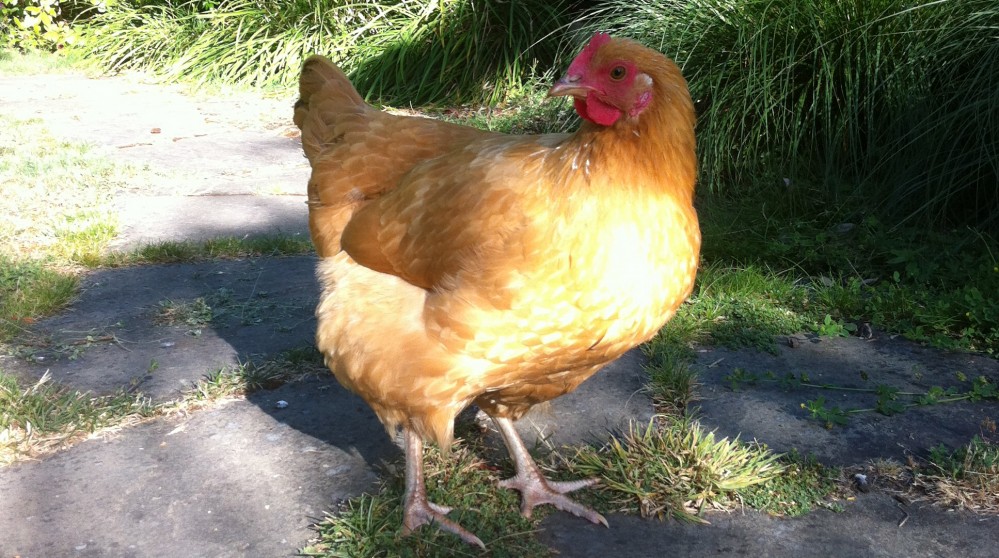Although many may cite the inability to perform highly motivated behaviours as a welfare issue, others argue that the “fact that hens perform these activities when given the opportunity is not in itself evidence that they are necessary for the hens’ well-being and that denial constitutes a welfare problem. However, the appearance of disturbed behaviour patterns in an unsuitable environment should alert us to its inadequacy, and restrictive environments have been shown to have adverse effects on behaviour” (Lindberg, 1997).

Source: www.nowpublic.com
Tanaka and Hurnik (1992) found that stereotyped behaviors such as object pecking, feather pecking, pacing and head flicking were much more frequent in battery cages (7.0 to 24.7%) than in aviary systems (1.0 to 2.7%). Additionally “[c]omfort behaviors were performed by aviary birds (3.9 to 5.5%) much more frequently (P less than .01) than by the caged birds (.7 to .9%).”

Result of stereotyped behaviour: feather pecking
Source: www.advocateforsavinganimals.org
In “Development of Furnished Cages for Laying Hens,” Appleby et. al. (2002) found that “behaviour was more unrestricted and varied, and physical condition was better, in furnished than in conventional cages.”
A study by Marian Dawkins (1977) found that given the choice, hens have little preference between battery cages and larger pens but “simultaneous choice between a battery cage and an outside hen-run showed a clear preference for the run” whether the hen was previously accustomed to a battery cage or free-run environment.
Welfare indicators aside from behavioral are difficult to measure, for example research has compared albumen cortisol levels in the eggs of hens living in conventional, free run and free range systems. High cortisol, indicating stress, was found in younger hens but researchers did not find significant long term differences between systems (Downing, 2012).
However Pohle and Cheng (2009) found that “concentrations of serotonin were reduced, whereas corticosterone was increased from 50 to 60 wk of age in the hens housed in the battery cages (P<0.05) but not in those housed in the furnished cages, which may indicate that the hens housed in the battery cages were stressed.”
